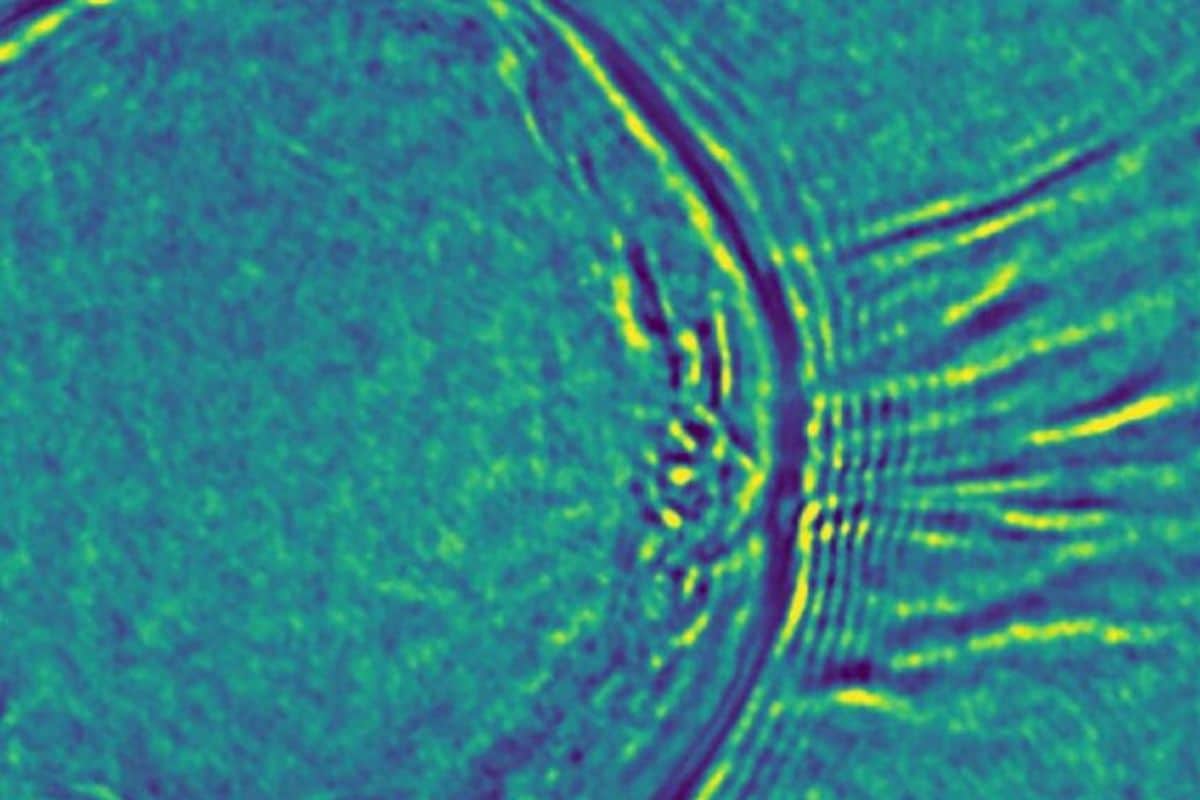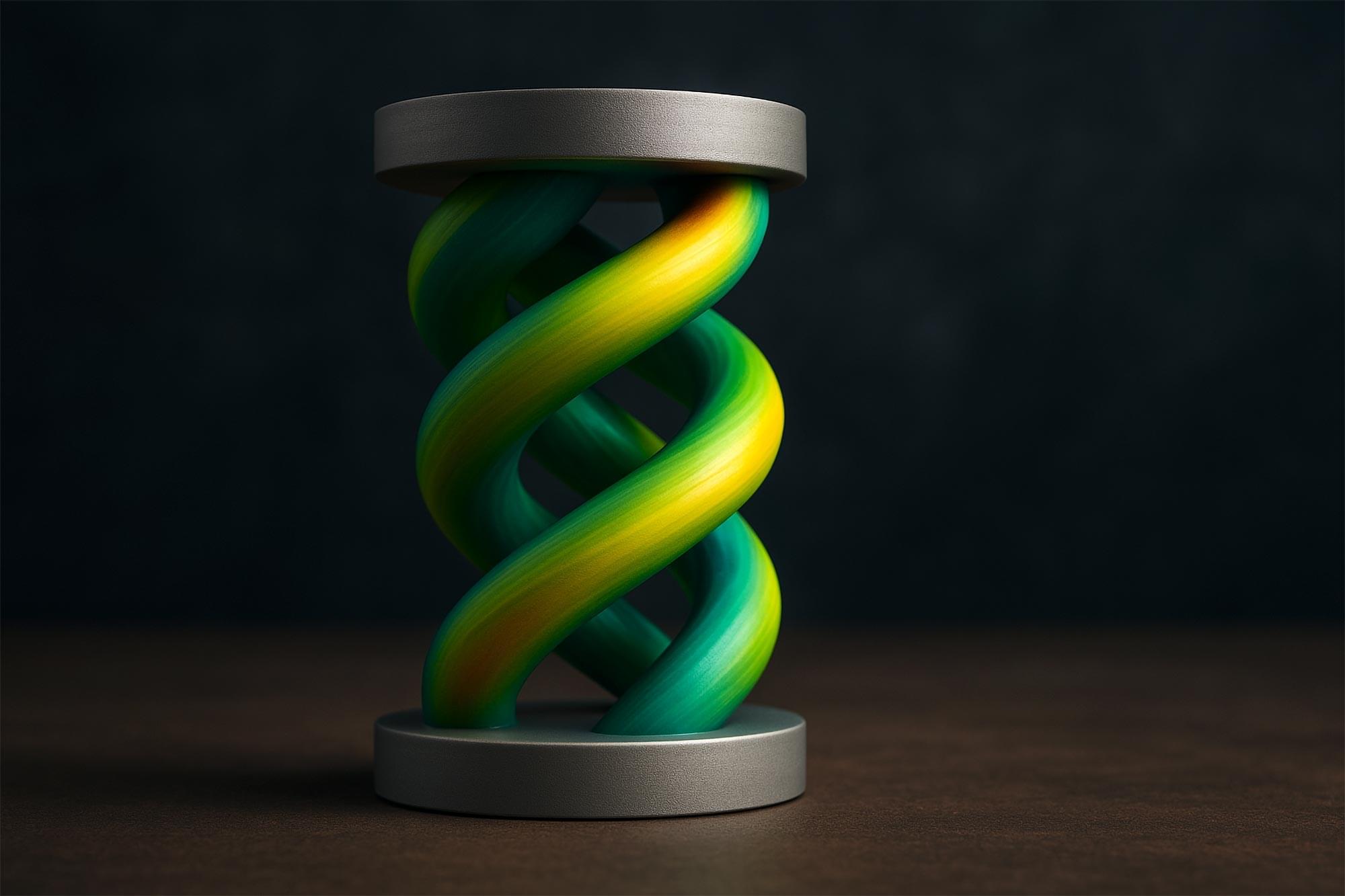In humans, conception during cold seasons is shown to exhibit higher brown adipose tissue activity and adaptive thermogenesis, and lower body mass index and visceral fat accumulation in the offspring.
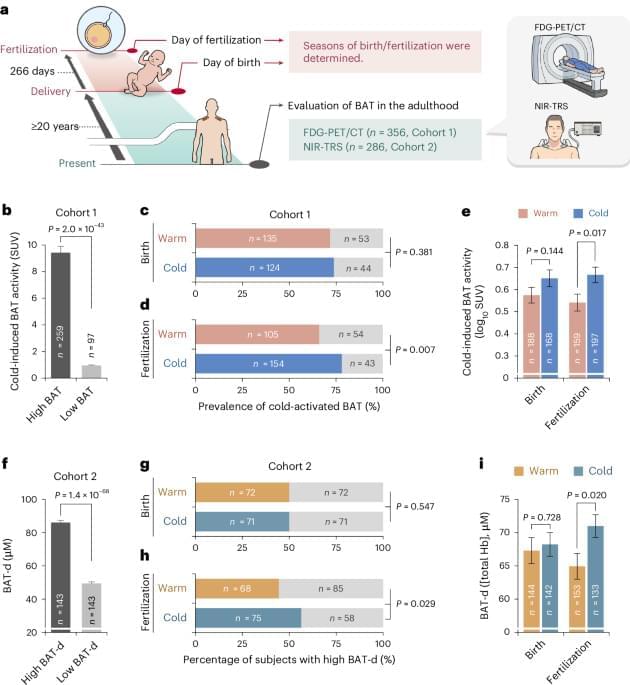

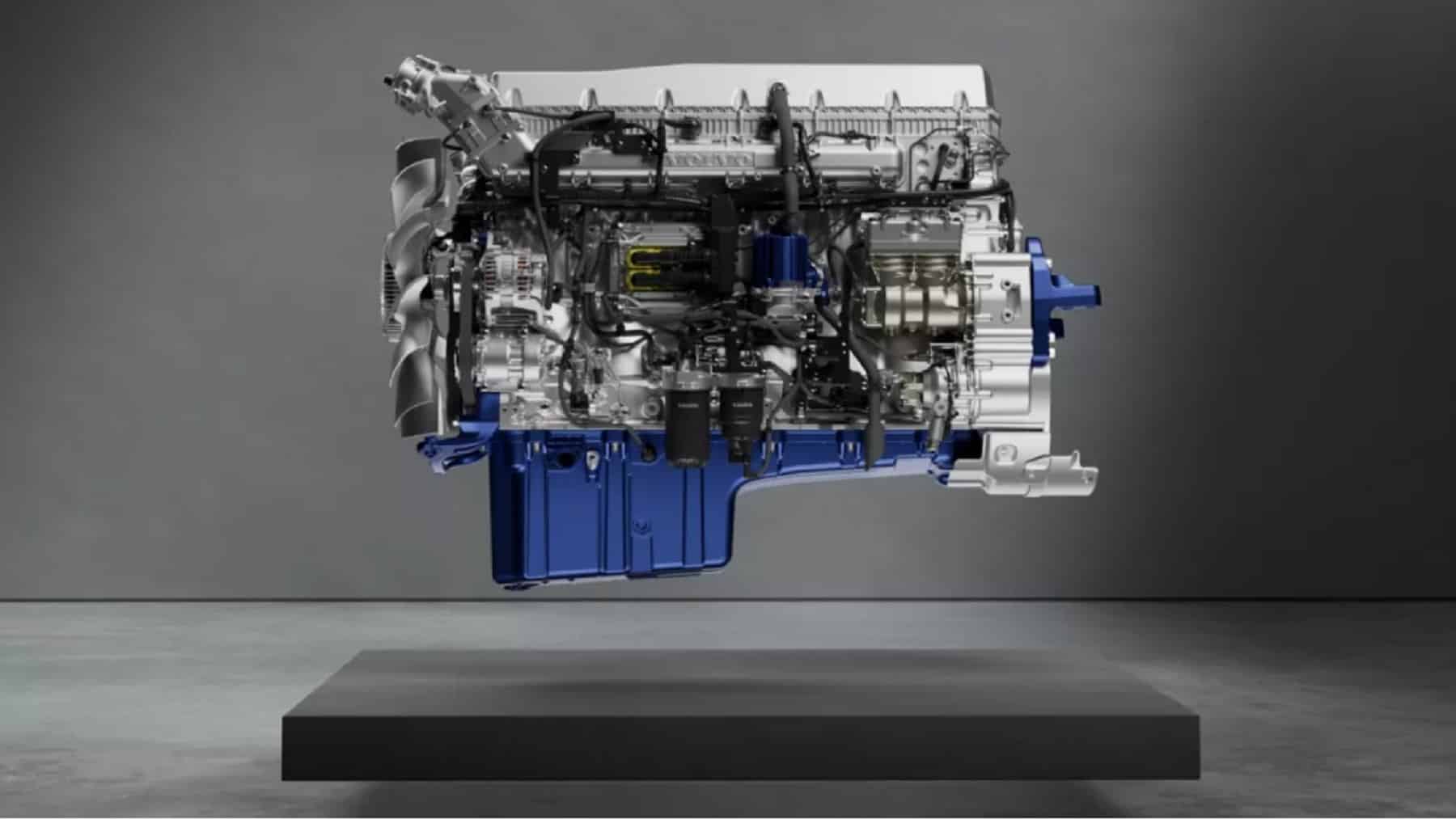

However, moderately significant changes have only been achieved under equilibrium conditions and at low temperatures. Significant differences at ambient temperatures, which are essential for applications, have so far been lacking.
For the first-ever time in collaboration with the theory groups of Angel Rubio (Max-Planck Institute, Hamburg) and Pascal Ruello (Université de Le Mans), EPFL scientists were able to control the excitonic properties using acoustic waves.
Scientists launched a high-frequency, large-amplitude acoustic wave in a material using ultrashort laser pulses. Doing this allowed them to manipulate the exciton properties at high speed. This astounding outcome was reached on titanium dioxide at room temperature, a cheap and abundant semiconductor that is used in a wide variety of light-energy conversion technologies, for example, photovoltaics, photocatalysis, and transparent conductive substrates.

Overheating batteries are a serious risk, in the worst cases leading to fires and explosion. A team including researchers from the University of Tokyo has developed a simple, cost-effective method to test the safety of lithium-ion batteries, which opens up opportunities for research into new and safer batteries for the future. The work is publishedNature Energy.
The researchers created an intentionally unstable battery which is more sensitive to changes that could cause overheating. The battery is one-50th the size of conventional batteries, so it is less resource-intensive and tests can be carried out in a smaller lab environment.
News stories abound of lithium-ion batteries overheating, smoking or even exploding. This makes safety testing a top priority for both manufacturers and consumers.
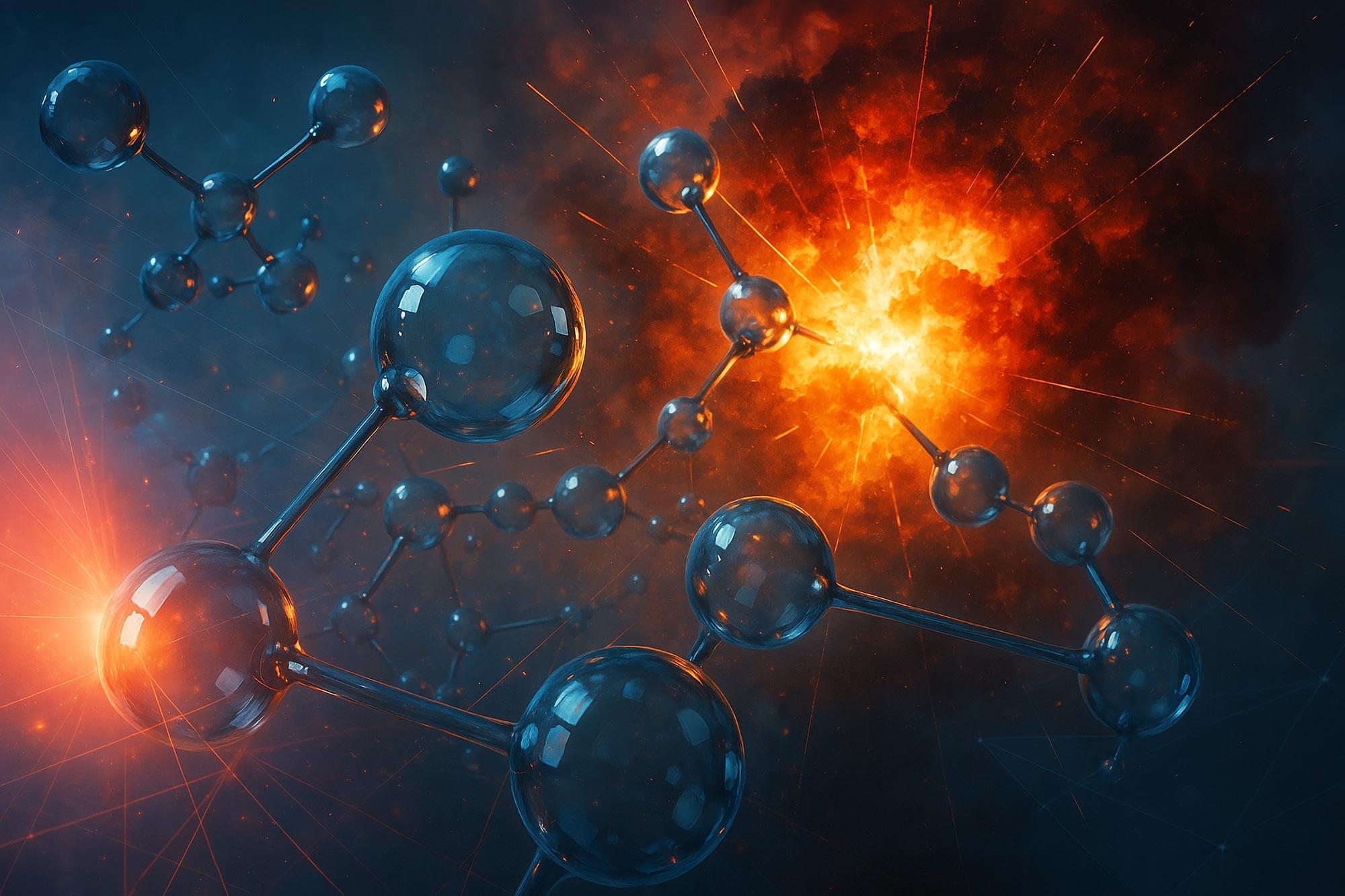
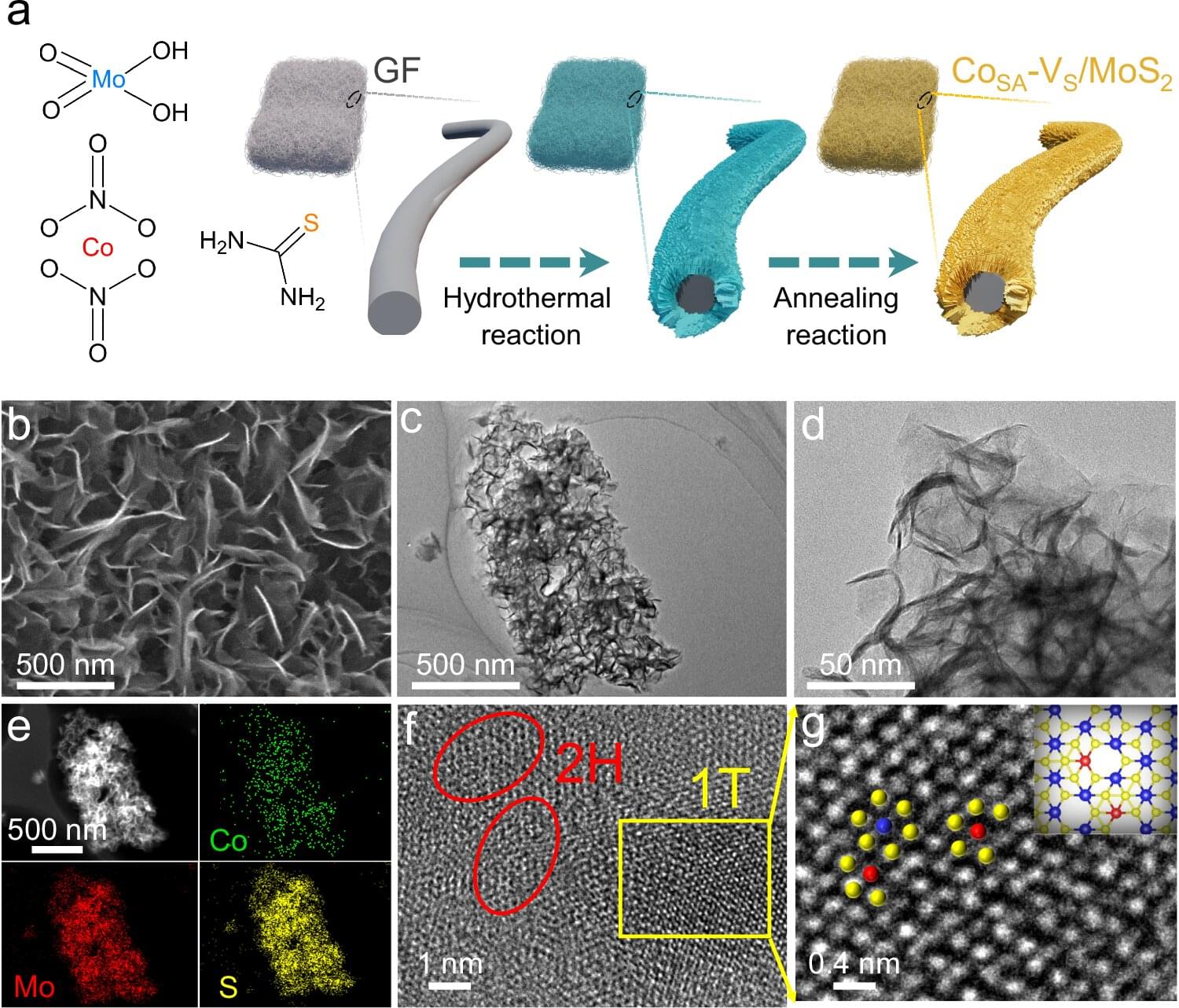
A team of materials scientists, chemical engineers, and environmental scientists affiliated with a host of institutions in China has developed a redox flow battery (RFB) with 87.9% energy efficiency, which can also last for 850 cycles. In their project, published in the journal Nature Communications, the group developed a new kind of catalytic electrode to improve the efficiency of the battery.
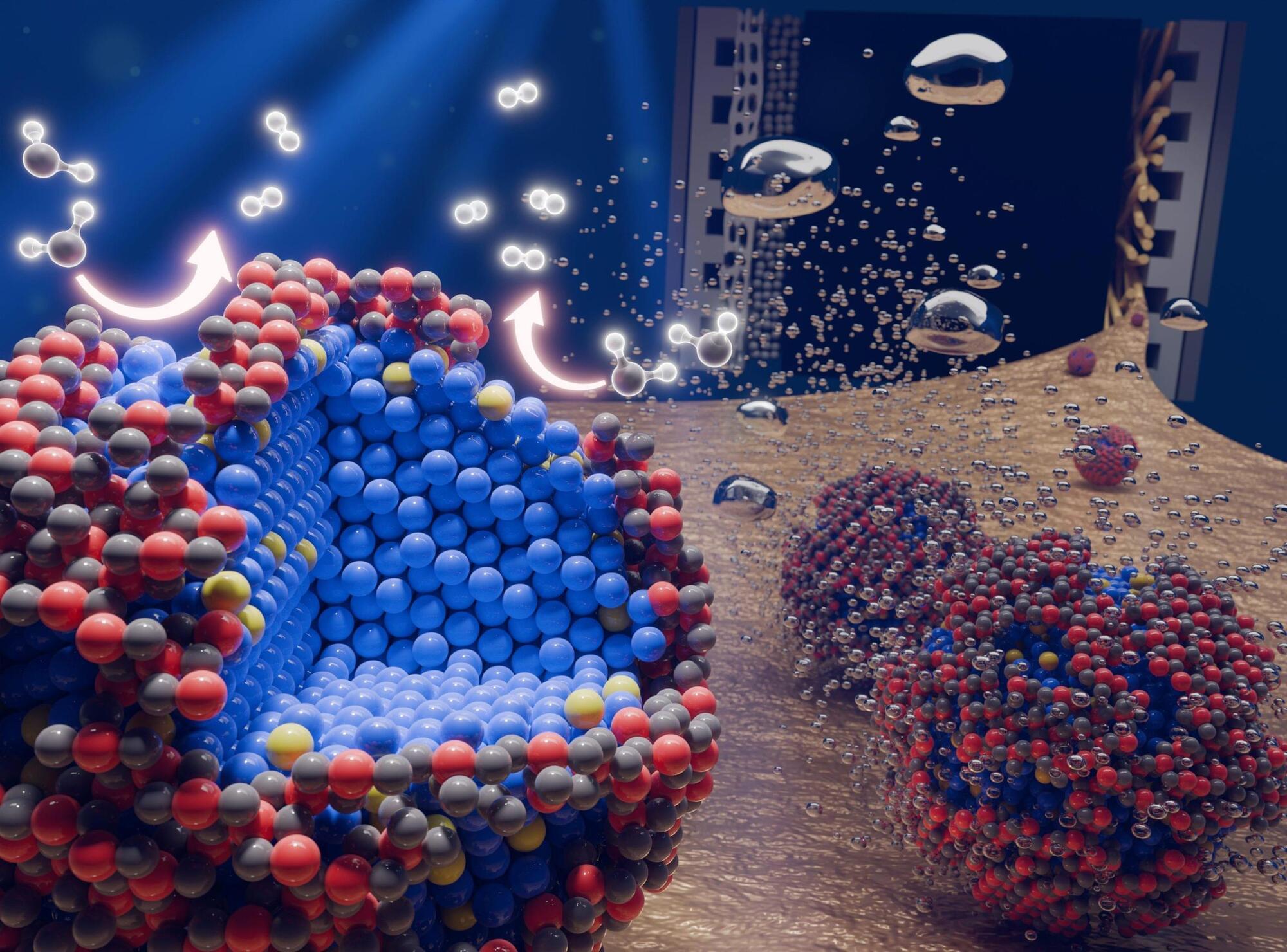
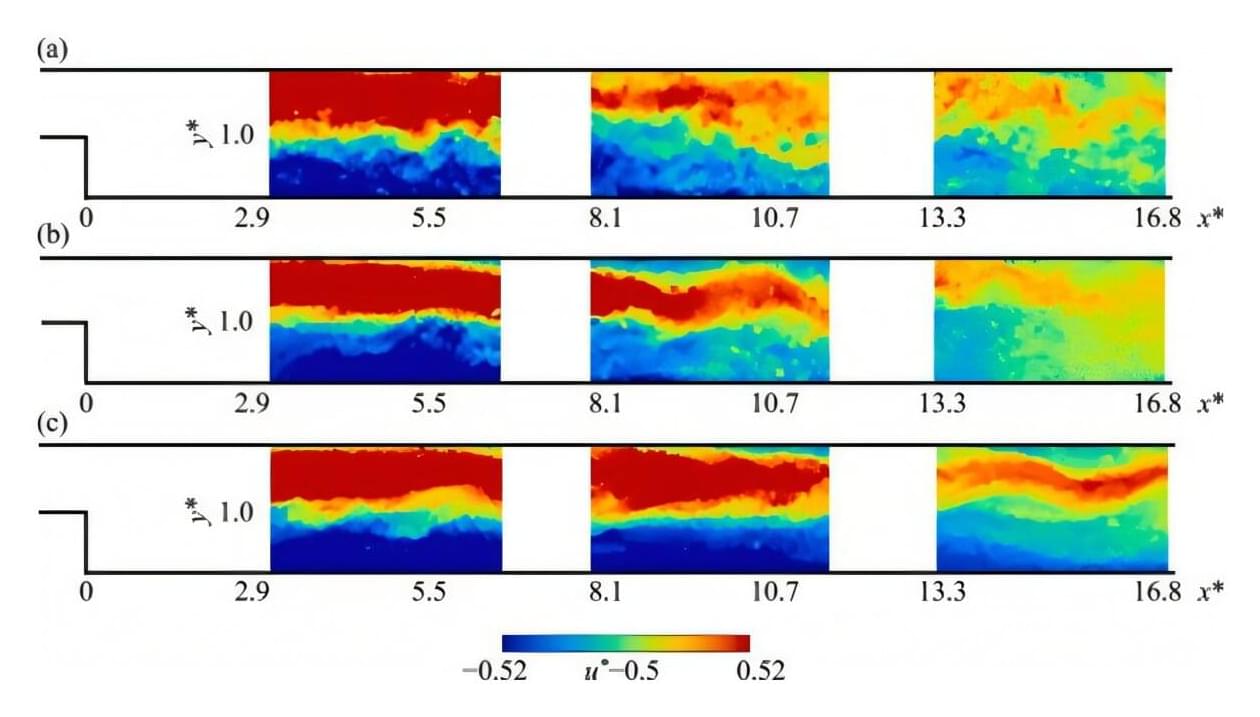
Fluids play a crucial role in industrial processes like cooling, heating, and mixing. Traditionally, most industries would utilize Newtonian fluids—which have a constant viscosity—for such processes. However, many are now adopting viscoelastic fluids, which can behave as both liquids and elastic materials.
These fluids can suppress turbulence in simple flows like straight pipes or channels, leading to reduced wall friction. This “drag reduction effect” has attracted significant interest due to its potential to enhance energy efficiency.
To advance the industrial applications of such fluids, it is critical to understand how these fluids interact with turbulence.
